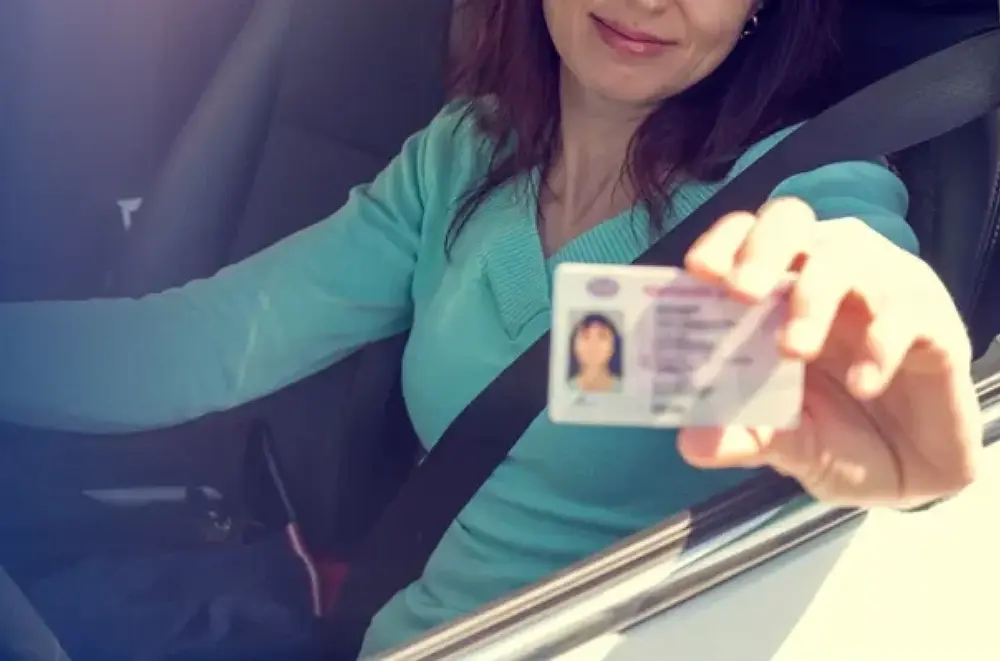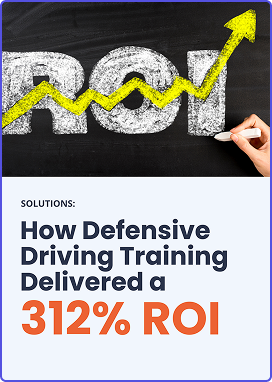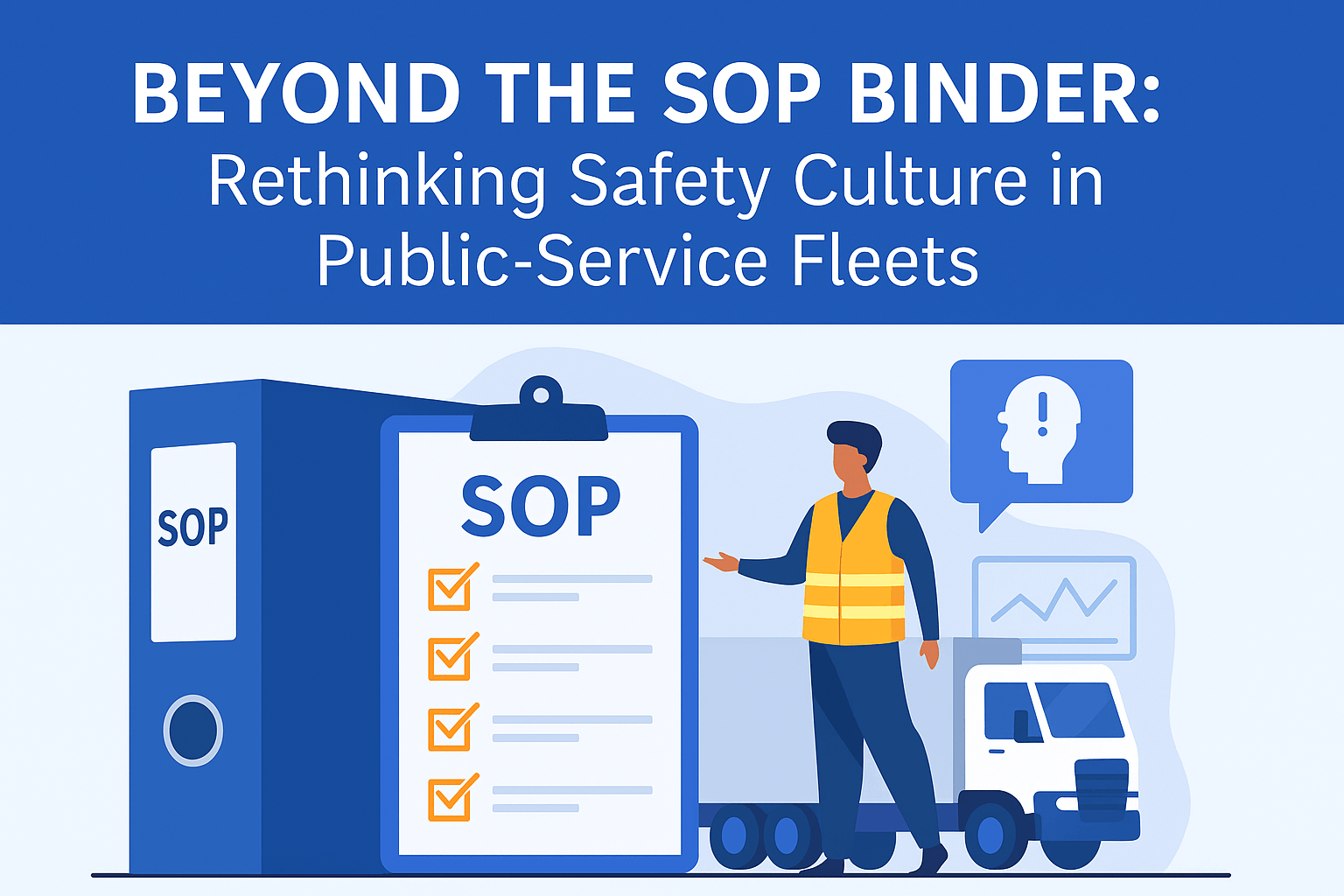
A Class C license is a type of commercial driver’s license (CDL) needed to drive specific vehicles, including those carrying 16 or more passengers or transporting hazardous materials. This article explains a breakdown of the license, the vehicles you can drive with it, and how to get one.
Table Of Contents
- Understanding a Class C License
- Types of Vehicles You Can Drive
- Requirements for Obtaining a Class C License
- Steps to Get a Class C License
- Determine State-Specific Requirements
- Obtain the CDL Manual
- Complete the Application Process
- Pass the Physical and Vision Exams
- Prepare for and Take the Written Exam
- Hold a Commercial Learners Permit (CLP)
- Complete Required Training
- Practice Driving
- Take the Driving Test
- Pay the Licensing Fee
- Endorsements for Class C Licenses
- Maintaining Your Class C License
- Career Opportunities with a Class C License
- Summary
- Frequently Asked Questions
Key Takeaways
- A Class C Commercial Driver License (CDL) is required for operating vehicles carrying 16 or more passengers or transporting hazardous materials.
- Obtaining a Class C license involves meeting age and residency requirements, passing physical and vision tests, holding a Commercial Learner’s Permit (CLP), practicing under supervision, and passing a driving test.
- Class C CDL holders can increase their qualifications and job opportunities by obtaining endorsements for specialized vehicles, such as those carrying passengers or hazardous materials.
Understanding a Class C License

Operating specific types of commercial motor vehicles that do not meet the criteria for Class A or Class B licenses requires a Class C commercial driver license (CDL). Specifically, a class c driver’s license is required for vehicles designed to carry 16 or more passengers, including the driver, or for transporting hazardous materials. This makes it a critical credential for those looking to drive vehicles that fall into these categories, as well as those seeking a Class B CDL for operating other types of commercial motor vehicles. For those who do not require a commercial driver license, a non commercial driver’s license would suffice.
Class C vehicles are unique in their design and purpose. They include not only passenger vehicle types like buses and vans but also vehicles used to transport hazardous materials (hazmat) that require special handling and safety measures. Grasping these distinctions helps you decide if a Class C CDL matches your driving requirements.
Types of Vehicles You Can Drive

With a Class C, you have the ability to operate a diverse range of vehicles, from passenger vehicles to pick-up trucks and vans. This versatility is one of the key advantages of holding a Class C license. For example, a single vehicle with a Gross Vehicle Weight Rating (GVWR) of 10,000 pounds or less, including when performing vehicle towing with a small trailer or tow dolly, can be driven.
Moreover, a Basic Class C license enables you to operate:
- a 2-axle vehicle with a gross vehicle weight rating of 26,000 pounds or less
- a 3-axle vehicle weighing 6,000 pounds gross or less
- motorized scooters
- housecars up to 40 feet in length
For those involved in agriculture, a Basic Class C license allows the operation of any vehicle combination with a gross combination weight rating (GCWR) of 26,000 pounds or less, provided it’s used exclusively in agricultural operations and not for hire. This broad array of vehicle types highlights the flexibility and utility of a Class C CDL.
Requirements for Obtaining a Class C License
Before you can start driving Class C vehicles, you must meet several requirements. Firstly, you need to be at least 18 years old for intrastate driving and 21 for interstate driving. Proof of residency and identity, such as a social security card, is also necessary to validate your eligibility. These requirements ensure that only qualified individuals gain the responsibility of operating commercial motor vehicles.
In order to become a licensed driver, you must fulfill several requirements, including:
- Meeting age and residency requirements
- Passing physical and vision tests to ensure good health and capability to operate a commercial vehicle
- Passing background checks to assess suitability for obtaining a Class C CDL
Fulfilling these requirements represents the initial step towards obtaining a driver’s license.
Steps to Get a Class C License
Obtaining a Class C license involves a series of well-defined steps. The journey begins with:
- Determining whether this type of license is suitable for your needs and understanding your state’s specific requirements.
- Obtaining the CDL manual.
- Completing the application process.
- Passing various exams, including physical and vision tests.
The process doesn’t stop there. You’ll also need to:
- Prepare for and pass the written exam
- Hold a Commercial Learner’s Permit (CLP) for a designated period
- Complete any required training
- Practice driving with a licensed CDL holder
- Finally, you’ll take the driving test and pay the necessary licensing fee.
Let’s break down these steps in more detail.
Determine State-Specific Requirements
Each state has unique requirements for obtaining a Class C, which can be found on your state’s DMV website or by visiting a local DMV office. Starting with this step is important because state-specific rules can greatly affect the process. For example, some states may have additional requirements or offer specific guides and resources to help you navigate the application process. This research ensures that you are fully prepared and meet all necessary criteria.
Obtain the CDL Manual
Following this, you should acquire the CDL manual for your state, accessible online or from your local DMV office. This manual contains essential rules, regulations, and study materials that are crucial for passing the exams.
Thoroughly studying this manual will equip you with the knowledge needed to operate a commercial motor vehicle safely and effectively.
Complete the Application Process
Completing the application process involves providing personal identification and proof of residency. Additionally, you will need to pass a background check before moving forward. This step ensures that all applicants meet the necessary legal and safety standards before obtaining a Class C driver’s license.
Pass the Physical and Vision Exams
To ensure you are fit to operate a commercial vehicle, you must pass both physical and vision exams. The physical exam includes a general health check-up, while the vision exam typically involves reading a Snellen chart to confirm you meet the vision requirements, usually 20/40 vision or better in at least one eye.
These tests are vital in guaranteeing the safety of the driver and other road users.
Prepare for and Take the Written Exam
Preparing for the written exam involves studying the CDL manual and taking practice tests to become familiar with the test format. The written exam assesses your knowledge of road safety and vehicle operation, making it essential to thoroughly understand the material covered in the manual.
Practice tests serve as an effective tool to assess your preparedness and identify areas requiring more focus.
Hold a Commercial Learner’s Permit (CLP)

Before you can take the driving test, you must hold a Commercial Learner’s Permit (CLP) for a minimum period, typically two weeks. The CLP is generally valid for six months, although this can vary by state.
Possessing a CLP enables practicing driving under the guidance of a licensed CDL holder, aiding in gaining the requisite experience for the driving test.
Complete Required Training
Some states require completion of specific training courses, which can be either online or in-person. These courses, often registered with the Federal Motor Carrier Safety Administration (FMCSA), provide essential knowledge and skills for safely operating commercial vehicles.
Practice Driving
Practice driving with a licensed CDL holder is a critical step in building your confidence and competence. These practice sessions are invaluable for familiarizing yourself with the vehicle and increasing your chances of passing the driving test.
The guidance of an experienced driver can make a significant difference in your preparedness.
Take the Driving Test
The driving test is divided into three segments: pre-trip inspection, basic control skills, and road test. During the test, you must provide a commercial vehicle that can pass the pre-trip inspection and demonstrate your ability to operate the vehicle safely and effectively.
Successfully completing this test is a major milestone in obtaining your Class C license.
Pay the Licensing Fee
After passing the driving test, the final step is to pay the required licensing fee. This fee is necessary to officially obtain your Class C CDL and begin your journey as a licensed commercial driver.
Endorsements for Class C Licenses

To expand your driving capabilities, you can obtain specific endorsements for your Class C license. Examples of these endorsements include Passenger (P), Tank (T), and Hazardous Materials (H). These endorsements allow you to drive specialized vehicles such as school buses or vehicles carrying hazardous materials, provided you pass the necessary exams and background checks.
Obtaining endorsements typically requires passing additional knowledge exams and, in some cases, specialized driving skills tests. These endorsements enhance your qualifications and open up more job opportunities, making them a valuable addition to your Class C CDL.
Maintaining Your Class C License
For continued operation of commercial vehicles, it is imperative to maintain your Class C license. This involves keeping a clean driving record and renewing your license as required. Eligibility for renewal will be assessed before any payment is made, ensuring that you meet all necessary criteria.
To renew your CDL, you must provide your commercial driver’s license and a residency document. Regular renewals and adherence to safety standards ensure that you remain a responsible and qualified driver.
Career Opportunities with a Class C License

Possessing a Class C license, which is a type of class license, paves the way for a myriad of career opportunities across diverse industries. For instance, delivery drivers who load, unload, and move shipments often require a Class C license. Additionally, driving instructors who teach truck and trailer driving typically hold a Class C license.
Other career paths include movers involved in residential and commercial moving projects and parts drivers who transport equipment parts. These roles highlight the versatility and demand for Class C licensed drivers, making it a valuable credential for those seeking a dynamic career in transportation and logistics.
Summary
In summary, obtaining a Class C CDL involves a series of steps, from determining state-specific requirements to passing various exams and completing training. This license allows you to operate a wide range of vehicles, including those carrying hazardous materials and large passenger vans.
The journey to obtaining a Class C license is well worth the effort, opening up numerous career opportunities in various industries. With dedication and preparation, you can join the ranks of licensed commercial drivers and enjoy the benefits of this versatile credential.







